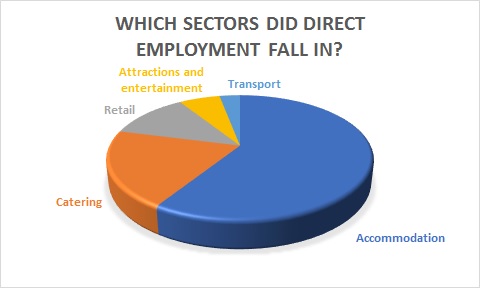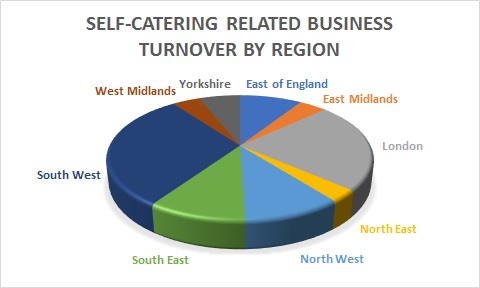According to the latest report from the English Association of Self Catering Operators (EASCO), an estimated 8.8 million staying visitor trips were spent in self-catering accommodation in England in 2015.
This equates to 55.5 million visitor nights and £4.2 billion in direct visitor spending to the economy.
Late last year, EASCO revealed that rural self-catering in England contributed £3.04 billion per year to the economy from accommodation spend alone.
This new research, carried out by The South West Research Company, was undertaken to determine the value of secondary spending – after all, the economic benefit of the self-catering sector is not just the money spent on accommodation.
Key findings
In EASCO’s latest report, the authors estimated spending made by guests on goods and services while on their self-catering holiday. The headline findings are below¹:
- For every £1 spent on self-catering accommodation, another £1 was spent elsewhere by visitors.
- 50% of direct spend was on accommodation costs; shopping and food and drink accounted for 19%; travel 8%; and attractions/entertainment 4%.
- Approximately 70,000 actual jobs were directly supported by self-catering visitor expenditure.

Regional breakdown
The South West reaped the greatest benefits in terms of self-catering volume and value in 2015:
- Around one-third of all trips, nights and spend took place in the South West.
- In terms of direct self-catering spend, £1,296m was spent in the South West, followed by £982m in London, £425m in the North West and £415m in the South East. The North, East Midlands and West Midlands saw £144m, £152m and £166m of spending, respectively.
- A total of 31% of all self-catering related business turnover occurred in the South West; 23% in London; and 10% in both the North West and South East (refer to chart, below, for total regional breakdown)²:

¹ See report for full list of key findings. ² The report also provides a more detailed breakdown of spend by each region.




